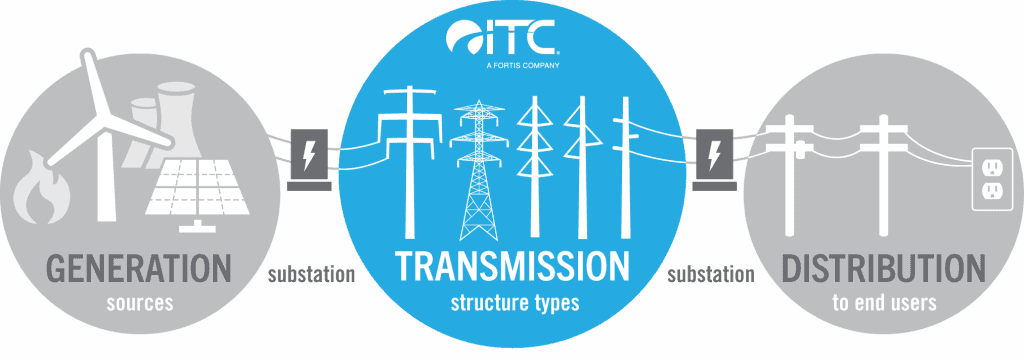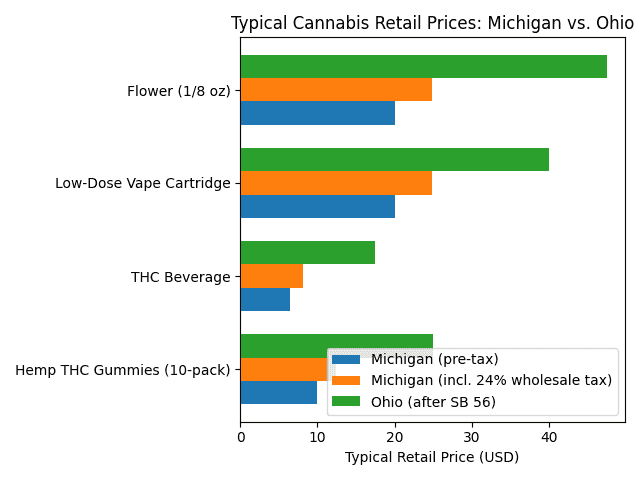Improving safety is an important concern in every industry but particularly in the manufacturing sector. In the manufacturing industry, there is the need to operate heavy machinery, which has the potential to cause injury if sufficient safety practices are not in place. That is why safety improvements in the manufacturing industry have great importance.
It is estimated that 20% of all workplace accidents and injuries occur in the manufacturing sector due to a lack of safety measures. Manufacturing facilities face unique safety challenges, from potential machinery-related injuries and falls to ensuring hygienic conditions for food and beverage production.
This article explores The Importance Of Safety Improvements In The Manufacturing Industry and key strategies the manufacturing industry can utilize to improve safety for both workers and consumers.
1. How Does The Manufacturing Industry Improve Safety?
One of the key ways the manufacturing industry improves safety is by introducing a strong safety culture. This involves promoting safety as a top priority at all levels of the organization, from management to frontline workers.
Another important aspect of improving safety in manufacturing is the use of personal protective equipment (PPE).. Providing workers with appropriate PPE, such as:
- Hard hats
- Safety glasses
- Gloves
can significantly reduce the risk of injuries when working with hazardous materials or equipment. Manufacturers also implement safety by conducting regular inspections and maintenance of equipment and facilities.
Additionally, implementing robust lockout/tagout procedures and proper machine guarding can prevent injuries related to moving parts or unexpected startup of machinery.
2. Benefits Of Manufacturing Safety Improvements For The Workforce:
In many factories, there is a need to load and unload raw materials and finished products in bulk. This often requires the use of specialist equipment, such as forklift trucks, as the loads are often more than can be carried by human operators.
A. Creating Exclusion Zones in Workplace for Forklift Traffic:
Forklift truck areas are constantly recognized as potentially dangerous for the human workforce. As such, a manufacturing company may designate certain areas of the factory as exclusion zones that are free of other human operatives.
This simple change to the working environment can have significant safety benefits for the wider workforce. This is because an exclusion zone can minimize the risk of collisions between vehicles and pedestrians on a factory site hence improving safety.
Ensuring forklift safety is paramount in these areas, and companies often invest in informative forklift safety videos to educate operators and other employees on best practices and potential hazards.
B. Utilizing AI-powered Drones for Improving Safe Inspections
Today, modern technologies, such as the use of drones with AI cameras, are also becoming commonplace in the factory environment to improve safety in manufacturing.
Drones can be used to assess the factory without the need for humans to work from height or be exposed to hazardous chemicals.
3. Improving Hygiene in Food & Beverage Manufacturing:
Any factory or production line that produces food or beverage items for human consumption needs to ensure that the premises achieve a constant level of sanitization and general hygiene.
A. Regular Sanitation for Food Safety In the Workplace:
Dirty equipment or debris on production lines can easily enter food products and can cause contamination. This can lead to consumers becoming ill because of eating the products. Furthermore, consumers may file claims against the company if they find it operating in an unsafe and unsanitary environment. Employees must sanitize machinery regularly to ensure food safety in the manufacturing industry.
B. Implementing Sealing Solutions to Prevent Contamination:
In addition, we can modify the factory environment to reduce the risk of contamination. Many factories will install sealing pipes that go between walls and floors in a factory to connect equipment.
Using a safe and sanitary seal between pipes, structures, and machinery assures the hygiene of production lines and minimizes the risk of contamination.
4. Staff Training for Improving Workforce Safety In The Manufacturing Industry:
As a final point, it is of paramount importance to have a range of staff training packages that promote safe working for the employees.
Staff training packages should include modules on manual handling to minimize injury risks when lifting and handling products and equipment. Additionally, training should emphasize the importance of excellent hand hygiene in food and beverage production. It’s also important to have these safety measures in place for those performing custom roll forming. Each worker needs to know how to use the equipment properly and get the job done right with precision.
A. Improving Safety By Investing in Trusted Manufacturing Equipment:
Any employees who are required to work from height should attend specialist safety training. Additionally, they should have access to suitable safety equipment that serves to minimize the risk of accidents and injuries.
All new starters should receive mandatory health and safety training as part of their induction. Additionally, there should be annual refresher courses for key subjects to ensure that the knowledge is kept up to date. Staff who have to use large equipment should also undergo specialist training.
B. Partnering with Specialized Vendors for Optimal Safety:
In some cases, certain qualifications are required to use specific pieces of equipment. This doesn’t just mean that your employees are safer, but it also ensures that the manufacturing process runs smoothly. Mistakes and errors can cause massive damages and accrue huge costs. The type of equipment used also has an impact on safety.
Old or inadequate equipment can lead to unsafe work practices. Hire or buy equipment provided by trusted vendors like BACA Systems that specialize in the equipment you might need. This ensures that it’s appropriate for the job at hand.
Summing Up The Workplace Safety Improvements in Manufacturing:
The importance of safety improvements in the manufacturing industry cannot be compromised. They safeguard workers from machinery hazards and falls while also ensuring hygienic production lines for food and beverage consumers.
This not only protects lives and prevents injuries, but also cultivates trust and maintains the high quality of manufactured products.
Stay ahead of the curve with the latest business news and insights from MITechnews. Visit our blogs for more coverage and expert analysis.
FAQs On Improving Manufacturing Safety:
1. What are the biggest safety challenges in manufacturing?
Manufacturing facilities face a variety of safety challenges, including:
- Machinery hazards
- Falls from height
- Exposure to hazardous materials
- Repetitive motion injuries
2. How can automation improve safety in manufacturing facilities?
Automation can significantly improve safety in manufacturing:
- Robots and other automated systems can handle dangerous tasks, taking workers out of harm’s way.
- Automation minimizes human error. As a result, it ensures consistent and accurate performance of tasks.
- Automated systems can continuously monitor processes and alert workers to potential problems, allowing for preventative measures.
3. What are the key elements of a comprehensive safety training program for manufacturing workers?
A comprehensive safety training program for manufacturing workers should include:
- Hazard identification and risk assessment
- Safe work procedures like PPE
- Emergency response procedures
- Machine-specific training
- Regular refresher courses
Bio: James Daniels is a freelance writer, business enthusiast. In addition, he’s a bit of a tech buff, and an overall geek. He is also an avid reader, who can while away hours reading and knowing about the latest gadgets and tech, whilst offering views and opinions on these topics.





